Advancements in Display Technology
The Organic LED Market is poised for growth due to continuous advancements in display technology. OLEDs are increasingly being adopted in various applications, including televisions, smartphones, and wearable devices, owing to their superior image quality and flexibility. The market for OLED displays is projected to reach substantial figures, with estimates suggesting a compound annual growth rate of over 15% in the coming years. This rapid growth is attributed to the increasing consumer preference for high-definition displays that offer vibrant colors and deeper contrasts. As manufacturers invest in research and development to enhance OLED technology, the Organic LED Market is likely to benefit from improved performance and wider adoption across multiple sectors.
Growing Applications in Automotive Lighting
The Organic LED Market is witnessing a growing interest in the automotive sector, particularly in lighting applications. As automotive manufacturers seek to enhance vehicle aesthetics and functionality, OLED technology is being integrated into vehicle lighting systems. The unique design capabilities of organic LEDs allow for innovative lighting solutions that can improve safety and visibility while also providing a modern look. Market analysts project that the automotive lighting segment will account for a significant share of the overall OLED market, with growth rates expected to exceed 10% annually. This trend indicates a promising future for the Organic LED Market as it expands into new and diverse applications.
Rising Demand for Energy-Efficient Solutions
The Organic LED Market is experiencing a notable surge in demand for energy-efficient lighting solutions. As consumers and businesses alike become increasingly aware of the environmental impact of traditional lighting technologies, the shift towards organic light-emitting diodes is becoming more pronounced. Organic LEDs consume significantly less power compared to conventional lighting, which not only reduces energy bills but also contributes to lower carbon emissions. According to recent data, the energy consumption of OLEDs can be up to 50% less than that of traditional lighting options. This growing preference for energy-efficient solutions is likely to drive the Organic LED Market forward, as manufacturers innovate to meet the needs of eco-conscious consumers.
Regulatory Support for Sustainable Technologies
Regulatory frameworks supporting sustainable technologies are emerging as a key driver for the Organic LED Market. Governments worldwide are implementing policies aimed at reducing energy consumption and promoting environmentally friendly technologies. These regulations often incentivize the adoption of energy-efficient lighting solutions, including organic LEDs. For instance, various countries have introduced tax rebates and subsidies for businesses that invest in energy-efficient technologies. Such supportive measures are likely to accelerate the transition towards organic LEDs, as manufacturers and consumers alike respond to these incentives. The Organic LED Market stands to gain from this regulatory environment, which encourages the development and adoption of sustainable lighting solutions.
Increased Investment in Research and Development
Investment in research and development is a critical driver for the Organic LED Market. As companies strive to enhance the performance and reduce the production costs of organic LEDs, significant financial resources are being allocated to R&D initiatives. This focus on innovation is expected to yield breakthroughs in materials and manufacturing processes, which could lead to more efficient and cost-effective OLED products. Recent reports indicate that R&D spending in the OLED sector has increased by approximately 20% over the past few years. Such investments not only foster technological advancements but also stimulate competition among manufacturers, ultimately benefiting consumers with better products and driving the Organic LED Market's growth.

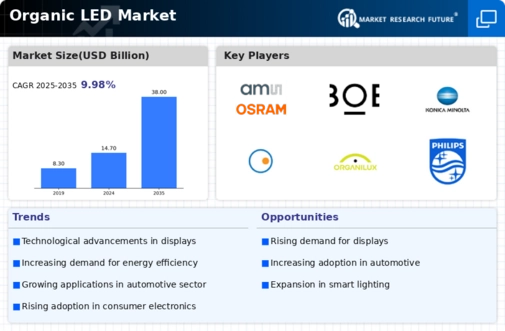
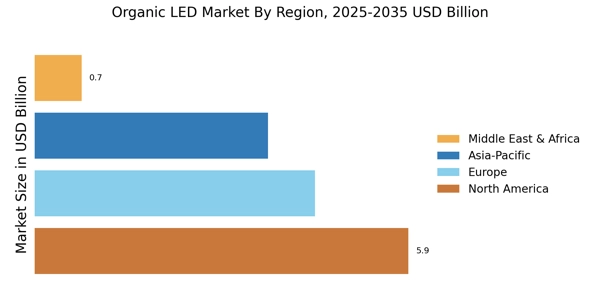
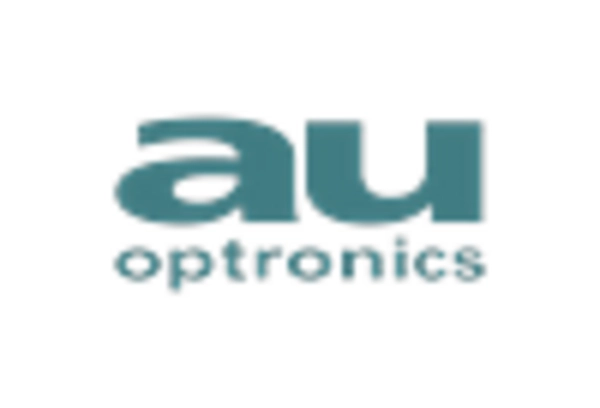
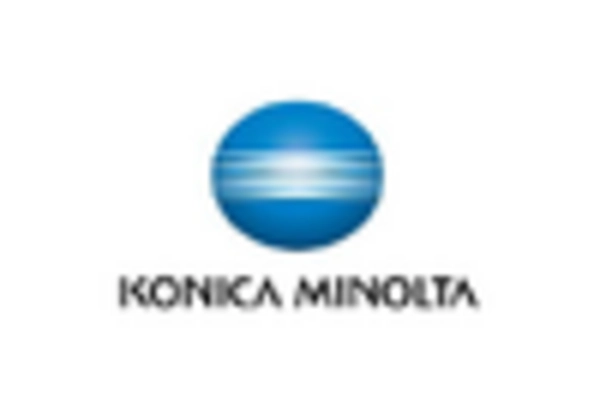
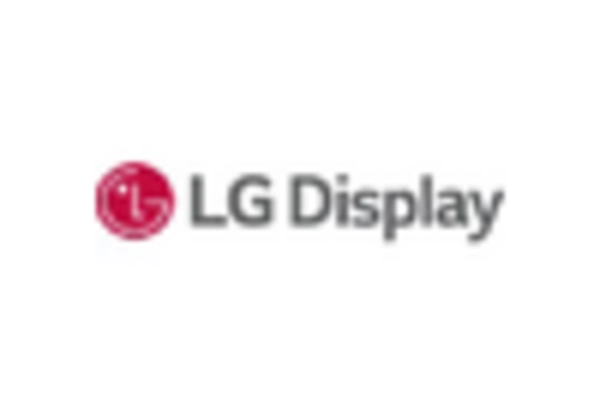
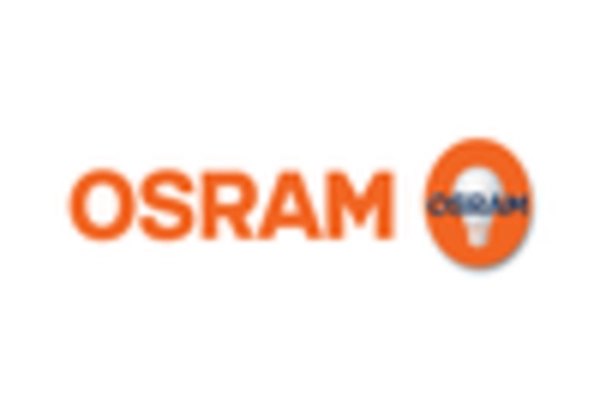

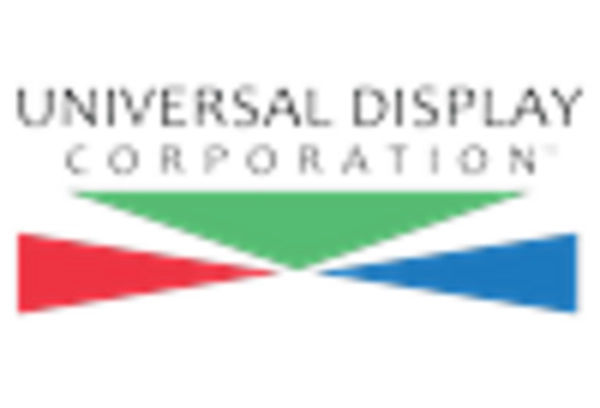








Leave a Comment